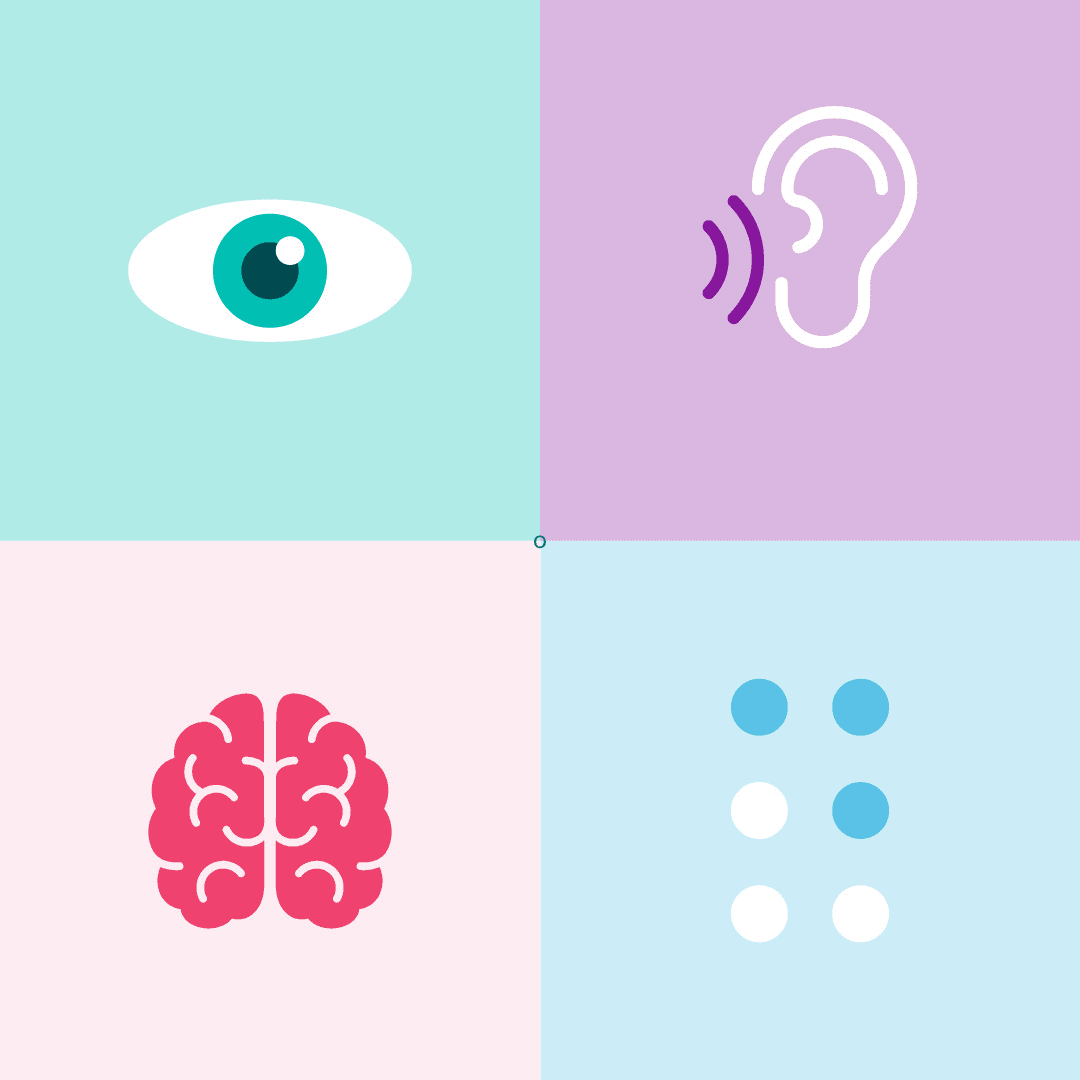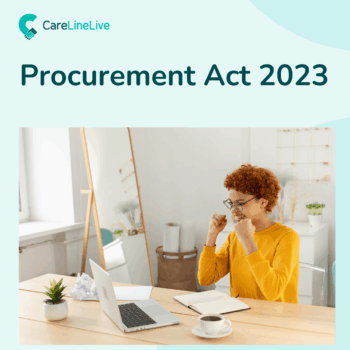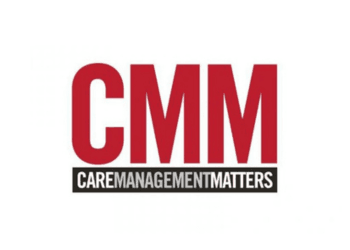By June 28, 2025, the European Accessibility Act (EAA) will make digital accessibility mandatory for e-commerce, transport and financial services across the EU. But if you’re a home care provider still using paper-based systems, this isn’t just someone else’s problem. As the care industry increasingly digitises, providers must ensure their technology works for people with disabilities, impairments and low digital confidence. This article explains what the Act means, why it’s relevant, even beyond the EU, and how smart operators are turning these changes into opportunities. If you want your service to grow and stay relevant, accessibility is no longer optional. It’s essential.
Why the European Accessibility Act matters to home care
You might think the European Accessibility Act (EAA) only affects banks and travel companies. But if you run a home care service with a website, use apps or offer any kind of online booking, family access or e-commerce-style payments, you’re already in scope.
Josh Hough, founder of CareLineLive, puts it simply:
“A well-designed platform is an accessible one. We really want software, which can be used by as many people as possible. Otherwise, it fails.”
That includes people with disabilities, but also older carers, non-native speakers or anyone with lower digital literacy. The EAA pushes all providers to meet the Web Content Accessibility Guidelines (WCAG) 2.2 Level AA, helping ensure digital tools are usable for everyone.
The problem with paper-based systems
Many care providers still use pen and paper for rostering, care notes and invoicing. It might feel familiar but it limits who can access key information, creates barriers for clients and families and makes inclusive care harder to deliver. It also slows down the process resulting in frustrations for staff and service users.
As Josh explains:
“We know… a lot of carers aren’t very confident using new technologies. A bad experience could put them off trying ever again. So we really want systems that are intuitive and as simple as possible.”
Moving to digital systems isn’t just about efficiency, it’s about removing friction. Accessibility is as much about clarity and usability as it is about compliance.
The risk of falling behind
Here’s the truth: regulation is catching up with expectation. Even if your business isn’t legally bound by EU rules, failing to adopt accessible digital practices could mean:
Exclusion from public sector contracts
Missed opportunities with digitally connected families
Reputational damage in an increasingly values-driven market
Over one billion people live with a disability. By ignoring accessibility, you’re closing the door on a huge segment of your community and the people who care for them.
Accessible tech is just good design
“Even if the EU rules don’t apply to you directly, it’s where the market is going. If we want to build ethical, inclusive services, this is the standard we should all be aiming for.”
– Josh Hough
At CareLineLive, accessibility isn’t a checklist, it’s part of the design philosophy. Interfaces are built to be clean, intuitive and usable for everyone. This doesn’t just benefit users with impairments, it creates a smoother experience for carers, clients and admin staff alike.
Quick checklist: is your home care service ready for the EAA?
✅ You’ve reviewed your website and client-facing platforms
✅ Your software partners meet WCAG 2.2 Level AA standards
✅ You’ve consulted users with disabilities or impairments
✅ You’re moving from paper to intuitive, digital tools
✅ Accessibility is part of your growth strategy, not an afterthought
Ready to build a more inclusive service?
CareLineLive helps home care providers digitise with confidence, giving you the tools to grow, stay compliant and serve every user with dignity and ease. Whether you’re preparing for new regulations or simply want software that works better for everyone, we’re here to help.
👉 Book a chat with our team to find out how accessible technology can future-proof your care business.




